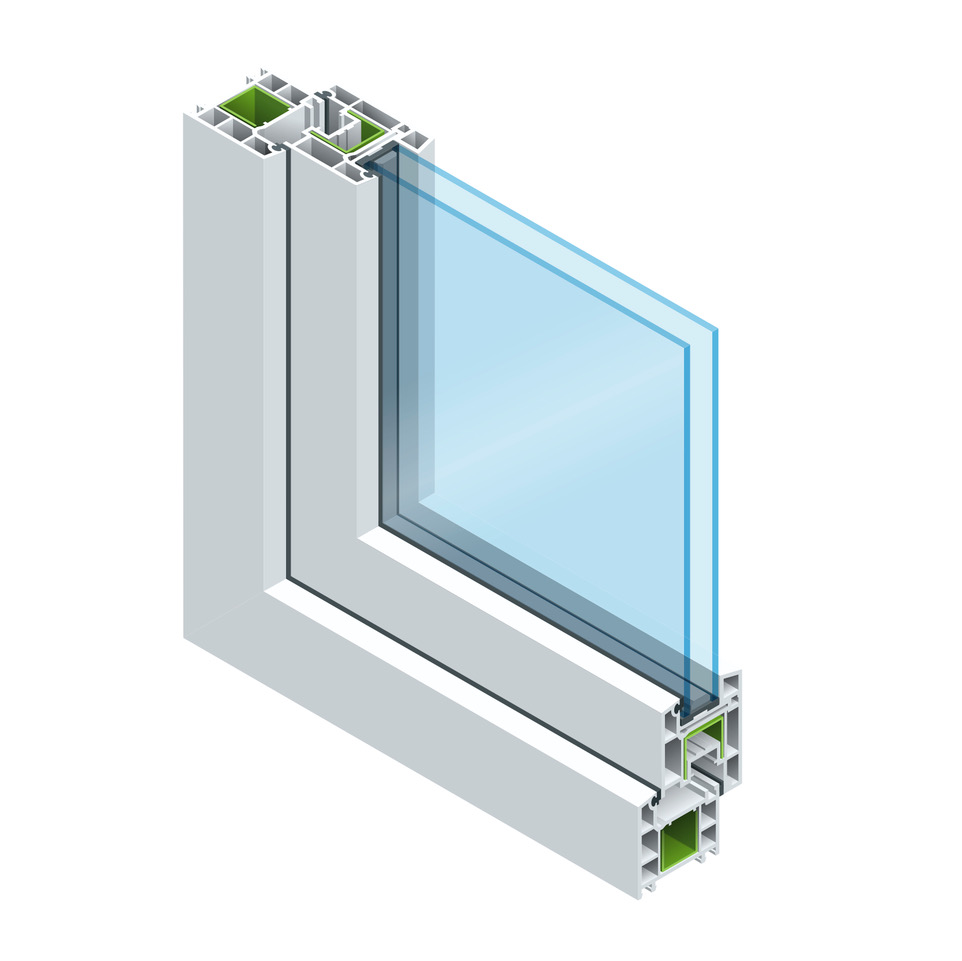When considering remodeling window glass, do you not see the introduction of various products such as “double glazing”, “pair multi”, “pair glass”, “insulted Glass” “double sash”, and “double glazing”?
Are all these windows the same? Here, we will introduce the types of window glass that each name means, as well as the differences and features of each product.
Table of Contents
What Is Double Glazing?
Single glass is so-called ordinary glass, which was very commonly used for windows of most new houses (detached houses, condominiums, apartments, etc.) until around 2000. Although it has the effect of resisting rain and wind and increasing the thickness of the glass to counter the wind power received from the outside, it does not have any other special performance.
As the name implies, “double glazing” is glass that is composed of multiple pieces of glass and has a space (hollow layer) between the glasses. In order to secure a space between the glass, a metal member containing a desiccant called a spacer is sandwiched between the glass and dry air is sealed between them. In the 2000s, it is becoming more and more popular in new homes due to the increasing momentum of energy saving.
In addition, in other cases, this space (hollow layer) is filled with a gas called “argon gas”, which has a lower thermal conductivity than air, and in order to prevent heat transfer, a vacuum is created between the two pieces of glass. “Vacuum glass” is also distributed as a product.
Benefits of Replacing Window Glass with Double Glazing
- Insulation Effect
Compared to a single piece of glass, the hollow air layer exerts the same effect as a down jacket, and you can expect a heat insulating effect. When the heat insulation effect is high, it is possible to prevent the heat generated by the heating equipment from escaping to the outside in winter, and at the same time prevent the cold air from being transmitted from the outside, which greatly enhances the energy saving effect. In addition, double glazing and “vacuum glass” filled with “argon gas” can be expected to have higher heat insulation performance.
- Condensation Measures
Double glazing with high heat insulation effect is also effective in preventing dew condensation that occurs indoors. Condensation on windows during cold winters and rainy seasons not only stains curtains and window frames, but also promotes the growth of mold, which is one of the causes of asthma and allergic symptoms. Double glazing, which is not easily affected by cold outside air, can prevent unpleasant condensation.
Precautions When Replacing the Window Glass with Multi-Layer Glass
■ Relationship Between the Thickness of Various Glasses and Sashes
When using glass such as single glass or double glazing, it is actually necessary to use a special metal frame (this is called a sash) in which the window glass is fitted. There are sash products that match each glass, such as sashes for single glass and sashes for double glazing. This is due to the fact that the thicknesses of single glass and double glazing are significantly different, and double glazing with a hollow layer sandwiched between them is thicker. n the case of new construction, you do not have to worry too much because you select a special sash that matches the door and window glass in advance. But when you replace single glass with a double glazing glass door, whether the double glazing fits in the sash, will be an important point. The single piece of glass fits in a sash with a groove width of about 9 mm to 11 mm. In order to fit the double glazing in this groove width, if it is a double glazing with a 3 mm configuration, the hollow layer needs to be 3 mm. However, it is difficult to achieve heat insulation performance with a hollow layer of 3 mm, and the effect of replacing it with double glazing cannot be obtained.
If it doesn’t fit in the groove, you can also fit the multi-layer glass by attaching a metal frame called “attachment” between the sash and the glass. However, in this case, it is possible that dew condensation will occur on the attachment part made of aluminum, and the dew condensation countermeasure effect will be diminished.
Difference Between “Pair Glass” and “Double Glazing”
In the previous section, we explained “double glazing”, but the word “pair glass” is often used.
Pair glass is a registered trademark of AGC’s “double glazing”, one of the Japanese glass manufacturers, but it is often used as a general name for “double glazing”. Other glass manufacturers in Japan include Nippon Sheet Glass and Central Glass. Nippon Sheet Glass manufactures and sells “double glazing” under the brand “Pair Multi” and Central Glass under the brand “Centrex”.





